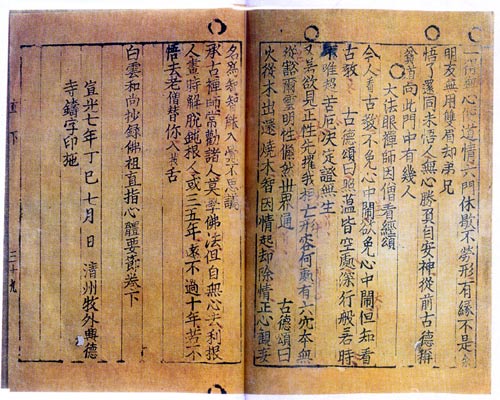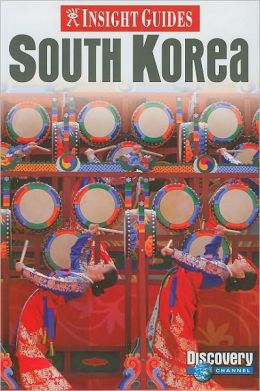Yesterday, Sunday, our group left Seoul early in the morning so as to begin our 5-day field trip into the southern provinces. Following our 1-1/2 hour bus ride we arrived at our fist stop of the day: Yeongneung, or the tomb of King Sejong. Sejong is the Korean leader credited for creating the Korean written alphabet, Hangeul, despite of scholarly debate as to whether he himself crafted the characters or if an advisory committee did so; Mark Peterson, our primary professor who teaches Korean Studies at Brigham Young University, contends that Sejong himself did so because many of this advising scholars were against the endeavor. Sejong's work is not limited to language as he was also a key player in astronomy and developed a rain gauge, sundial, and other devices to measure wind and water.
The tomb itself is located in a park outside of the modern city of Yeoju. To get to the burial mound you pass through a forest of twisted trees, walk past the small shrine in which ancestor remembrance ceremonies are conducted, and ascend the stairway to the top of a hill. The tomb is inside a man-made mound similar to the mound-building cultures of North America's upper Mississippi River Valley (my friends in Oklahoma may have visited the mounds near Spiro). Surrounding the tomb are life-size statues of soldiers, scholars, horses who are thought to have protected and accompanied Sejong's spirit into the afterlife.
Leaving the tomb, we transferred to a bustling restaurant for lunch. Plate after plate of Korean delicacies were placed before us...most were in a quantity primarily for tasting but the vast quantity of so many dishes/courses left me too full to truly enjoy the "main course" at the end.





Another hour-long bus ride took us to the city of Cheongju. As this growing city was the focus of much modernization a few decades ago and new construction was being complete. During ground preparation, several relics were unearthed which gives credibility to the claim that an ancient Buddhist temple once stood on this site. The Chinese markings on the relics carried the same name for the temple as noted in the Jikji. The Jikji is owned by a French museum and is an example of early metal movable type printing which predates the Gutenberg printing press by 75+ years. While the manuscript is still in French custody, this construction focus on this site shifted to creating the Early Printing Museum to honor both the significance of the Jikji and the history of metal movable type in Korea.






Following our exploration of the small museum itself, we teachers again became students and went through a hands-on demonstration of binding a book in the traditional Korean manner. We used hard stones to impress a design on to our book covers, we "scooped" fibers/pulp out of water to make our paper, we rubbed paper to take on ink from a pre-set image, and then bound the book with string. It was a pretty cool, and yet occasionally frustrating process (my paper didn't want to dry fast enough to satisfy my instructor). We each left with our own book complete with the symbol for the Jikji stamped on the front.
It was rather cool to have both our stops in this process of remote road roaming connect with iconic expression of written language history within Korea.
































